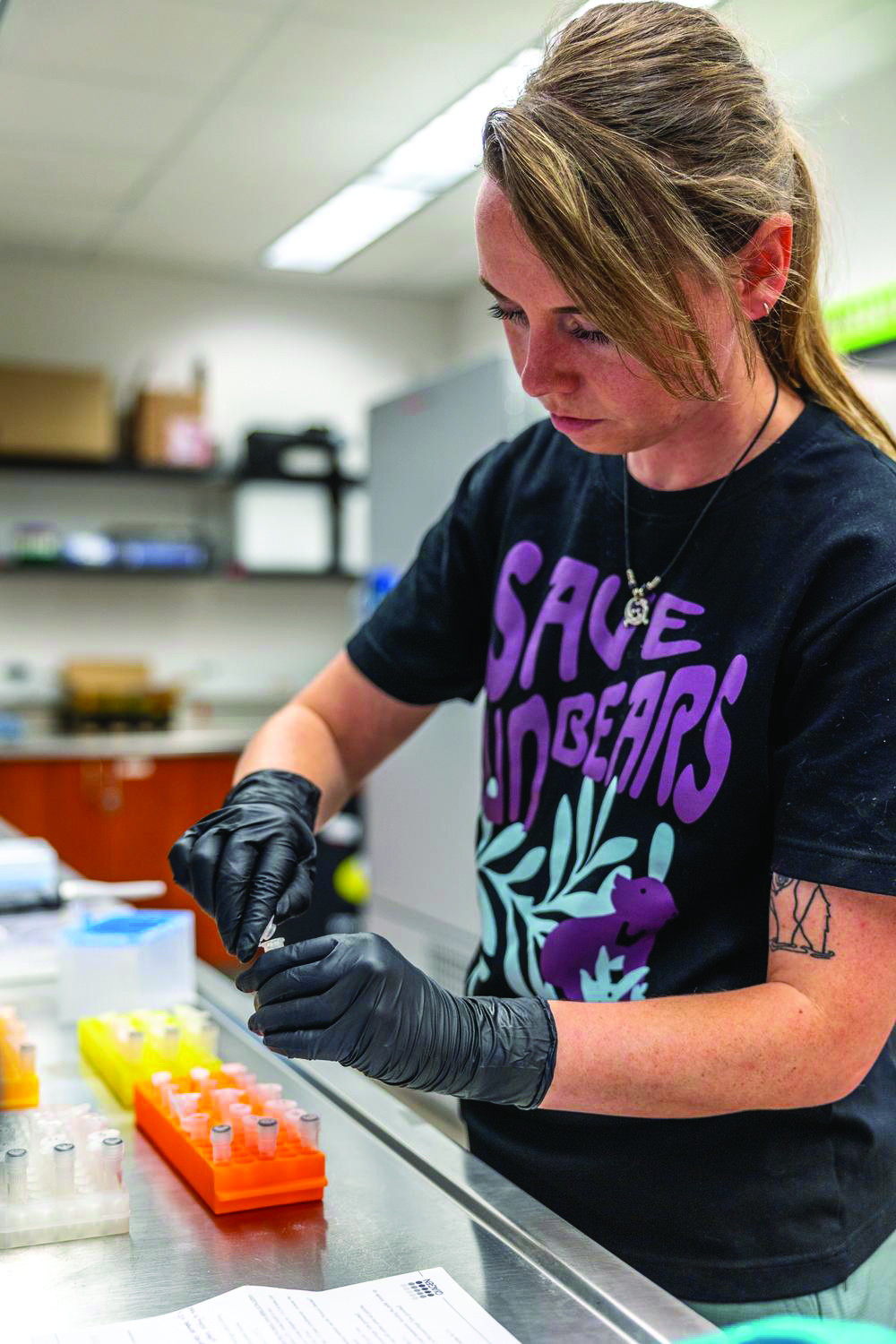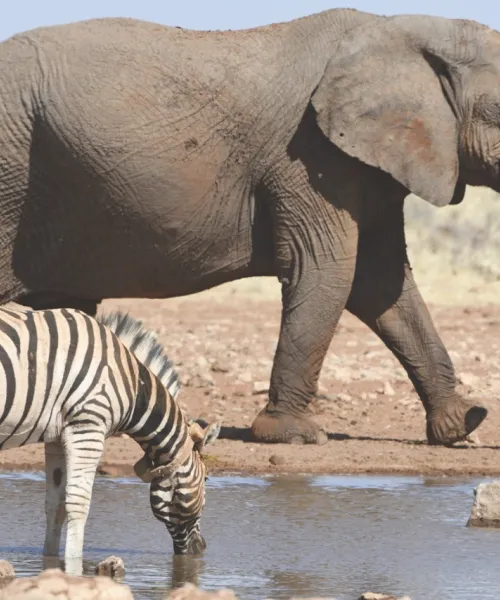Collecting animal scat (aka: poop) may not be glamorous, but advances in molecular technologies make scat an incredible biological resource from which scientists can gain novel insights about diverse wildlife around the world. In fact, wildlife gut microbial ecology is a rapidly growing area of research as wildlife ecologists are just beginning to appreciate the critical eco-evolutionary relationships between wildlife and their gut microbiomes (GMB), which can be sampled non-invasively via fresh scat. Importantly, gut microbiomes, the complex communities of microorganisms inhabiting the gastrointestinal tracts of their hosts, perform countless microecosystem services such as facilitating energy uptake and aiding digestion, modulating immune responses and triggering tissue development. However, gut microbiomes are sensitive to changes in the host’s internal and external environment, which makes them an excellent biological indicator for assessing how environmental stressors (such as climate change and human disturbance) impact wildlife health.
Biology Professor Diana Lafferty and her graduate students Rylee Jensen (pictured) and Laura Peirson have been hard at work investigating the causes and ecological consequences of gut microbiome variation in wildlife across Etosha National Park in Namibia.
The team is sampling four species of carnivores. From gregarious patriarchally led prides of lions and matriarchally led clans of spotted hyenas that both hunt large-sized prey, to solitary female and bachelor coalitions of cheetahs that hunt medium-sized prey, to the uniquely pair-bonded black-back jackals that hunt myriad small-sized prey, the diversity of carnivores’ life histories in Etosha National Park is ecologically exciting for studying gut microbiome variation across this vast system.
In regard to the herbivore community, the team collected over 300 fresh scat samples from 11 species of herbivores—elephant, giraffe, kudu, common eland, blue wildebeest, gemsbok, Burchell’s zebra, Hartmann’s zebra, red hartebeest, impala and springbok—that vary substantially in body size, exhibit two distinct gut morphologies (ruminants and non-ruminants), and have diverse diets reflected in different foraging strategies. Lafferty and her team are using this ecologically diverse assemblage of species to test whether wildlife gut microbiomes are 1) predictable and substantially driven by host physiology (e.g., feeding strategy, herbivore, carnivore), 2) variable and modulated by the host’s external environment (e.g., climate, land cover) and 3) phylogenetically conserved and congruent with the evolutionary relationships among the host species.

The results of this work will serve as a framework for wildlife GMB monitoring in Etosha National Park as the system continues to change as a consequence of Earth’s changing climate and ongoing human impacts. The research team hopes this work will serve not only as a powerful tool to aid the conservation of Etosha National Park’s iconic species, but also serve as a catalyst for wildlife health monitoring around the world.
The research is part of a highly collaborative long-term endeavor among scientists and students from Northern Michigan University, Etosha Ecological Institute, Ongava Research Center in Namibia, University of Georgia, and North Carolina State University.
Top photo by Namibia collaborator Werner Killian
